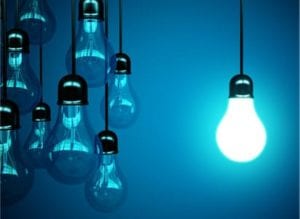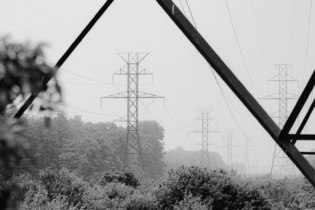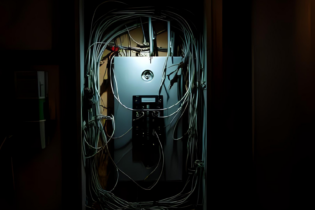 Minister of Public Enterprises Lynn Brown has called the energy deficit in Africa alarming, noting that it remains a stumbling block for the region.
Minister of Public Enterprises Lynn Brown has called the energy deficit in Africa alarming, noting that it remains a stumbling block for the region.
“The lack of electricity in Africa remains one of the biggest barriers to the region’s development and prosperity, and continues to trap millions of our people in extreme and abject poverty. The current energy deficit in Africa is alarming,” Brown told delegates at
POWER-GEN & DistribuTECH Africa.
Despite improvements that have been made in recent year, the minister noted that studies indicate that by 2030 South Africa could face a power supply gap of between 6 and 10 GW due to a combination of shutting down of aging coal plans and reliability challenges in older generating plants.
Peak demand is expected to increase by 11 to 18 GW, and an estimated 14.4 GW of aging coal capacity is scheduled for de-commissioning over the same period.
However, Brown says government has a long-term energy strategy produce sufficient electricity through reliable and diversified sources that include a mix of nuclear, coal, natural gas, hydropower and renewables.
Addressing the skills gap
Ageing power infrastructure remains unable to meet the surge in power demand. Large infrastructure investments are therefore a rational response to myriad of well-documented challenges in power supply, said Brown.
However, large infrastructure projects require specific skills in engineering, productivity improvements, life cycle asset management and complex procurement management.
The minister stated that the country needs to actively grow its technical and vocations skills in this area in order to fast track uptake and ensure reliable energy.
“I believe that the technological innovations and future expansions will definitely address the challenge of universal electrification in our countries,” said Brown.
“It is a huge opportunity, the challenge lies in ensuring that we leverage our technological expertise and innovation to provide energy in a cost effective manner and at the same time grow our different countries domestic economies to ensure long term sustainability.”
A move towards sustainability
Citing the BP Statistical Review published in 2014, Brown pointed out that South Africa is still heavily coal based, but evolving towards lower carbon technologies. In 2013, 72% of South Africa’s total primary energy consumption came from coal, followed by oil (22%), natural gas (3%), nuclear (3%), and renewables (less than 1%, primarily from hydropower).
The Eskom Fact Sheet published in May 2014 indicates that more than 85% of South Africa’s installed electricity capacity is coal-fired power stations, 10% hydroelectric plants, 4% a nuclear power plant, and 1% non-hydro renewable energy.
Brown pointed to gas reserves as the ideal partner for renewable energy.
“In the Southern Africa region we have the opportunity to exploit gas reserves for the benefit of the region…. The development of gas infrastructure in the region will pave the way for any future developments in shale gas.”
Eskom is currently evaluating the opportunity to convert an existing open cycle gas turbine plant to gas as a second source of fuel. Expanding these gas activities raise new challenges, opportunities and potential risks regarding South Africa’s regional interdependence or independence on energy supply.
The role of renewable energy in South Africa’s long-term plans as per the Integrated Resource Plan for Electricity envisages that 9.2 GW will be generated from wind, 8.4 GW from photovoltaic sources and 1.2 GW from concentrated solar power.
These, in addition to possibility of viable, large-scale production and use of natural gas would not only represent a major step towards a cleaner and more secure energy future in South Africa, but also provide additional impetus towards enhancing economic opportunities within the Green Economy and boosting economic growth.
“The renewable energy independent power producer programme has been hailed for its success but at the same time have highlight constraints on the alignment of the grid to renewable energy sources,” said Brown.
However, according to Brown, South Africa only has two real options for base-load and mid-merit operations to manage electricity system requirements – coal and nuclear.
“There has been significant debate on the current and future costs of both these technologies. There is growing consensus that future cost comparisons will swing in favour of nuclear given increasing coal-fired plant costs associated with more stringent emission limits and the introduction of carbon taxes.
According to the minister, nuclear offers one of the cheapest sources of electricity that comes with zero greenhouse gas emissions.
In this regard Brown announced that, as part of
EPPEI Phase 2 programme,
Eskom will establish a Specialisation Centre focusing on Nuclear Engineering and Technology. The specialisation centre will have a dedicated director and partnership with reputable international universities will be pursued.
 Minister of Public Enterprises Lynn Brown has called the energy deficit in Africa alarming, noting that it remains a stumbling block for the region.
Minister of Public Enterprises Lynn Brown has called the energy deficit in Africa alarming, noting that it remains a stumbling block for the region.






